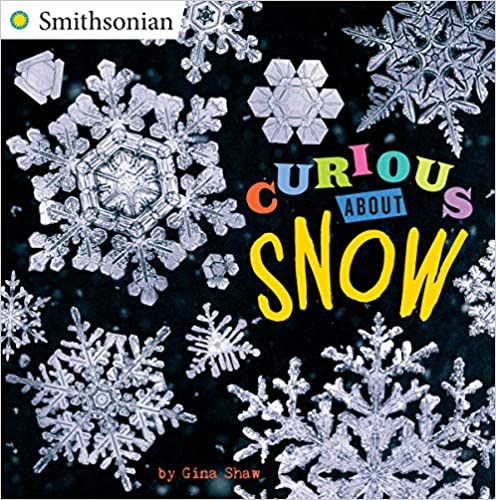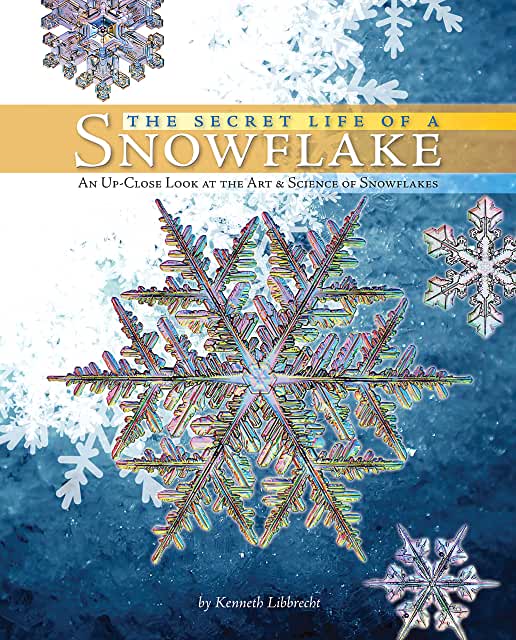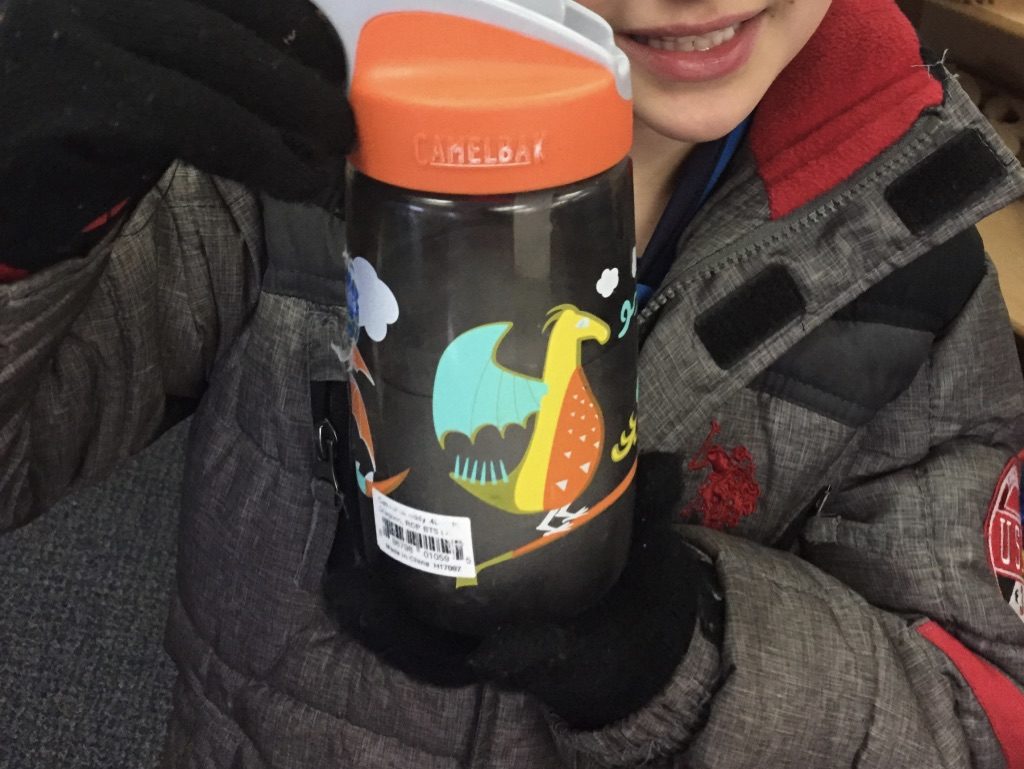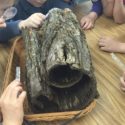While I know most of you are so OVER snow at this point, I still wanted to share with you our explorations around this topic in case the process we went through would be helpful to you as you begin to plan your spring inquiries. And of course, there is always next winter!
We began by examining the four types of precipitation (rain, snow, sleet, and hail) and sharing our experiences with these. While rain and snow were common to the children, most had little or no experience with sleet or hail.
We watched this video so they could see examples of each and compare them.
I then invited the children to represent each type of precipitation in the form of a drawing/symbol and we created a poster for each type of precipitation.
The children then chose one type of precipitation to paint. We talked about what colors would be needed. They chose grey for the clouds and white for the precipitation.
I also added some loose parts to their discovery centers to see if precipitation might find its way into their play. In the picture you see directly below, these two children had agreed to be the clouds, but had different ideas of how the precipitation was going to come down on the “town” below.
For the paintings, most children chose snow, and we had lots of it at the time, so I narrowed our inquiry to this one type of precipitation, while remaining open to exploring the others when natural opportunities arose. I also knew that a deeper study of one type of precipitation, would aid their understandings of the other three.
So I brought in some snow for the children to look closely at and describe.
What always surprises me about this, is how much interest they show in something so familiar. We live in a place where snow is certainly not a novelty. They walk through it, around it, and in it every day for many months. Yet they were exploring it as if they were discovering it for the first time. I have found this to be true in ALL cases when I bring nature into the classroom.
They came up with great words to describe it including wet, glittery, cold, cool, sparkly, soft, icy, and white. This led us to explore how others have described snow using figurative language.
I shared this book, Names for Snow by Judi Beach.

And this little poem:
And we brainstormed a list of things that snow looks like:
They then used “white things” to make the collages that you see above and chose their own way of filling in the poem (the original line is “it looks like a white blanket.”)
We also read about Snowflake Bentley, by Jacqueline Briggs Martin, a man who was very passionate about snow and dedicated his whole life to studying and photographing snow.

This concluded the exploration phase of our inquiry and the point at which I usually ask children to share their questions.
(NOTE: This Snowflake Thermometer Poster was another great resource for our study as it shows how snowflakes change form as temperatures change.
You can see that the first question was a result of our work with similes, and I knew that it would be answered as we went more deeply into the science of snow via the other questions. So, I skipped that one for the time being, and we moved onto “Is it alive?”
I got very excited about this question, as I knew we would have to learn to distinguish between living and nonliving in order to answer it! I also knew that we could build upon it in the spring as we explored plants and animals.
The children made predictions, and we made some lists of what they thought were living things as well as what living things needed. It was interesting to me that they thought “robots” were living because they moved.
We then did research via some videos to further our understanding of living things. We then created a list of criteria and measured it against the properties of snow. It was easy for the children to see that snow was not alive.
The next question, “Is snow a dot or a rectangle?” came from their confusion about the shape of snow. They had seen pictures of snowflakes, yet what they saw falling from the sky and on the ground, didn’t match those pictures.
For these questions, we used a few books as resources, such as The Story of Snow by Jon Nelson, which has a great page that shows “the story of a snowflake,” that the children can create with loose parts (see below) and even act out with their bodies. Curious About Snow by Gina Shaw was also a helpful resource.



There’s a lot of information in these books, so I tabbed the pages and read excerpts that I knew would give children the information they needed to arrive at the answer.
From there, I set out invitations during discovery time for children to create snowflakes working from the hexagonal shape.
The last two questions, “How is snow made?” and “How does snow fall?” led us to explore the scientific process of snow. I have found with questions such as these, which can be a bit difficult for little minds to grasp, making it as concrete as possible really helps them get it.
So, after reading about it in our books, I created a visual using loose parts, inspired by the diagram in The Secret Life of a Snowflake book.
We also used our bodies to act out the process of how a snowflake is formed starting out as tiny specks of dirt, ash, or pollen to eventually sprouting branches or dendrites from our hexagonal center.
Lastly, we returned to the first question, and I could tell that a lot of them saw it as silly, because they now knew so much more about snow. However, I explained that you can look at snow in different ways – with a poet’s eye and with a scientist’s eye and that they had done both in our inquiry!
We finished our study by putting “ourselves” into our precipitation paintings and drawing the appropriate clothing needed for that type of weather.
From here, my plan was to move on to study water changing forms, which seemed like a natural extension and was included in our science curriculum for our grade level.
As if on cue, the next day, I was met at the door by a child who shared his fascination about the ice he had discovered inside his water bottle. It has been my experience that these coincidences happen a LOT with inquiry teaching!

But more about that in Growing Our Thinking Around Matter!
Thanks for stopping by,

This post contains affiliate links. Roots & Wings is a participant in the Amazon Services LLC Associates Program, an affiliate advertising program designed to provide a means for sites to earn advertising fees by advertising and linking to Amazon.com.
























 Christmas Kindness Countdown Calendar
Christmas Kindness Countdown Calendar The Pumpkin Project
The Pumpkin Project Curious Classroom Book Study: Address Curricular Units with Mini-Inquiries
Curious Classroom Book Study: Address Curricular Units with Mini-Inquiries Are Trees Alive?: A Mini Inquiry
Are Trees Alive?: A Mini Inquiry